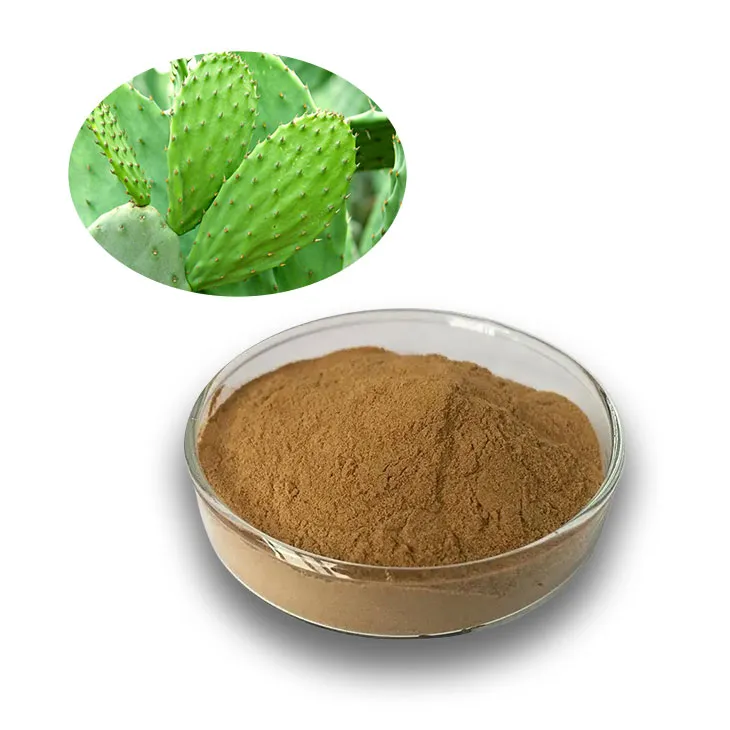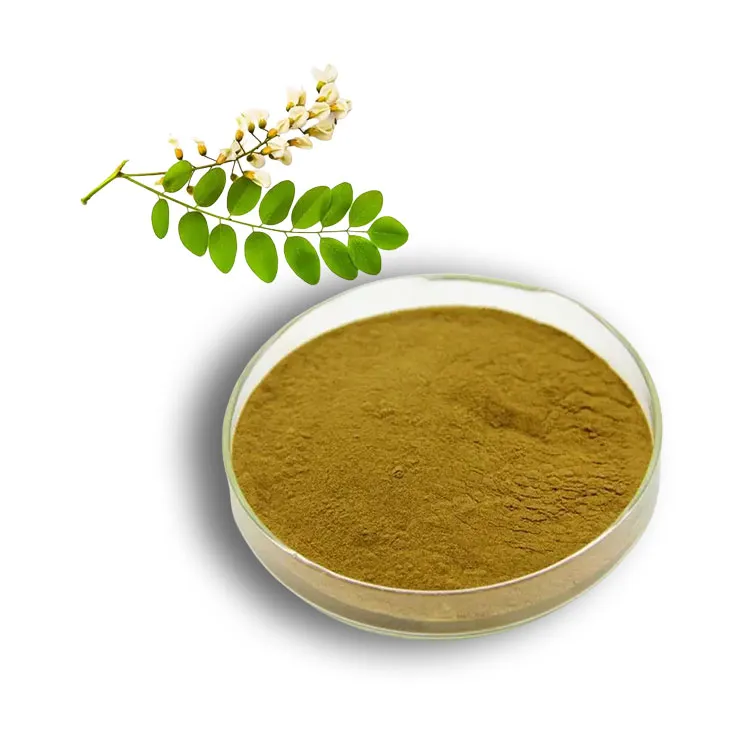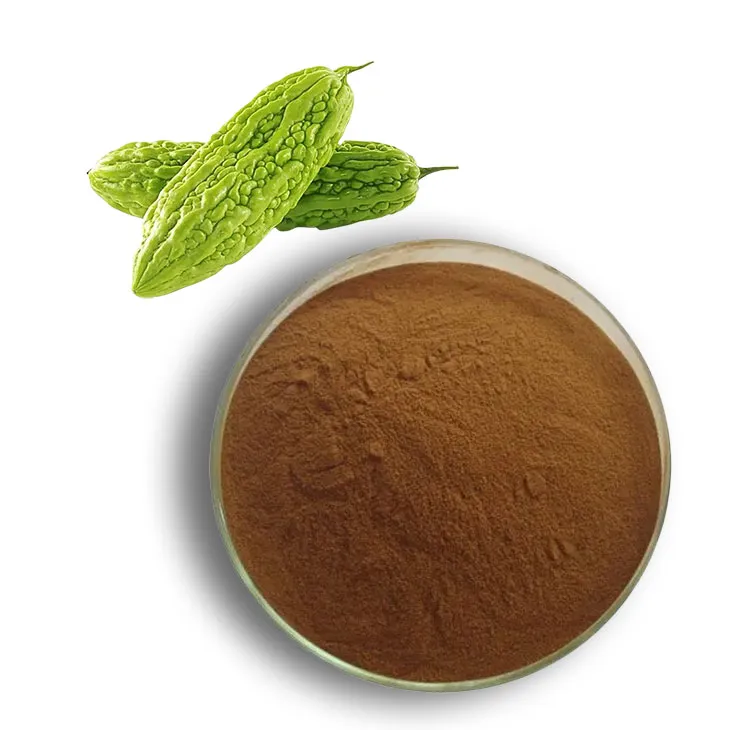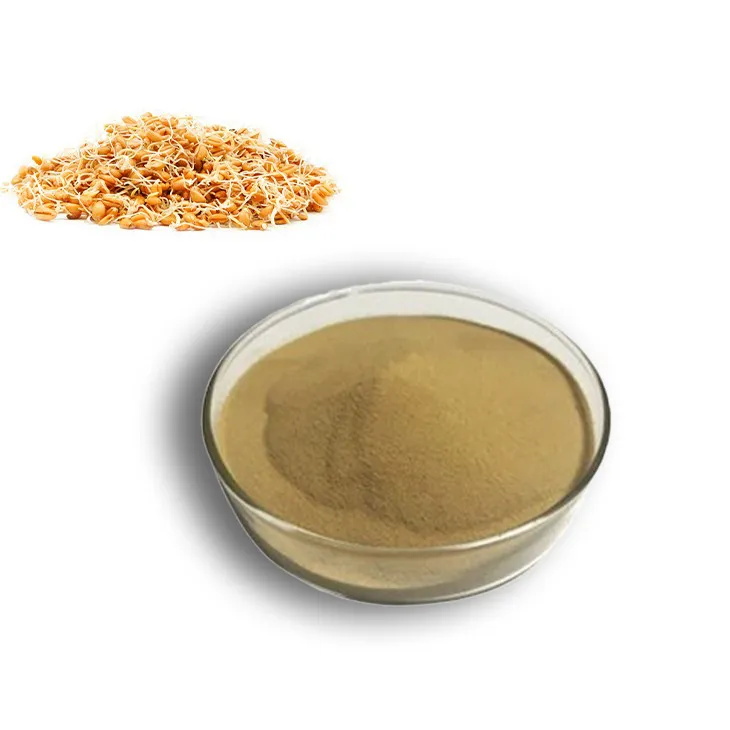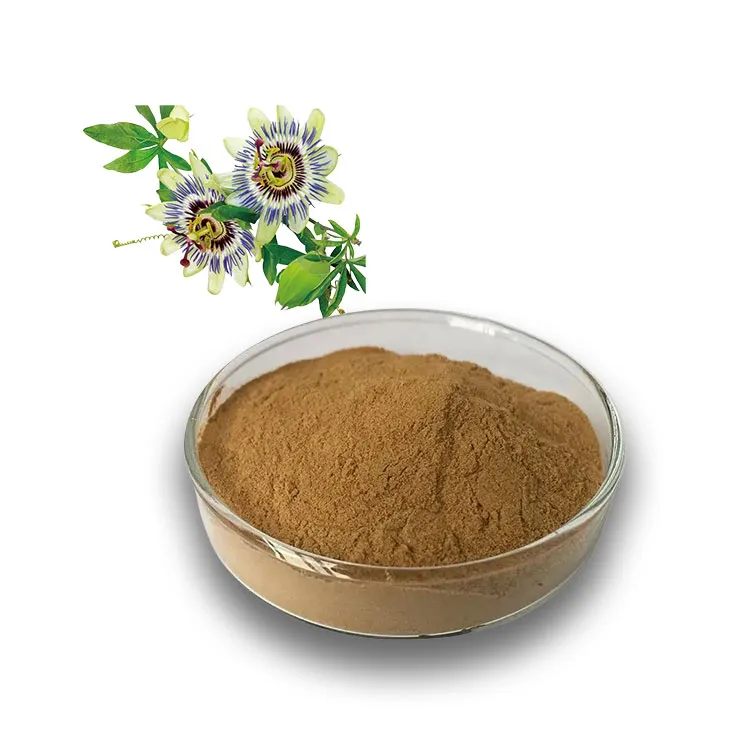- 0086-571-85302990
- sales@greenskybio.com
Carbon Dioxide Extract of Organic Yellow Pine.
2024-12-22
1. Introduction to the Carbon Dioxide Extraction of Organic Yellow Pine
The carbon dioxide extract of organic yellow pine is a remarkable natural product. The extraction process using carbon dioxide offers several advantages. Carbon dioxide, especially in its supercritical state, can act as an excellent solvent for extracting a diverse array of compounds from yellow pine. This method is known as supercritical carbon dioxide extraction. It is a green extraction technique as carbon dioxide is non - toxic, non - flammable, and can be easily removed from the extract, leaving behind a pure and high - quality product.
Yellow pine, the source material, is abundant in nature. It has been used in various applications for centuries. However, the extraction of its valuable components using carbon dioxide has opened up new possibilities for its utilization in modern industries.
2. Compounds Present in the Carbon Dioxide Extract
The carbon dioxide extract of yellow pine contains a rich mixture of compounds. These include terpenes, which are known for their aromatic properties. Terpenes such as alpha - pinene and beta - pinene are present. These compounds not only contribute to the characteristic smell of the extract but also have potential biological activities.
Flavonoids are another important class of compounds found in the extract. Flavonoids are well - known for their antioxidant properties. They can help in protecting cells from oxidative damage, which is associated with various diseases such as cancer and heart diseases.
There are also phenolic compounds in the extract. Phenolic compounds have antimicrobial and anti - inflammatory properties. Their presence in the Yellow Pine Extract makes it a potential candidate for use in pharmaceuticals and cosmetics.
3. Applications in the Nutraceutical Industry
The carbon dioxide extract of yellow pine has significant potential in the nutraceutical industry.
3.1 Immune System Enhancement
As mentioned earlier, the presence of bioactive compounds such as flavonoids and terpenes may contribute to enhancing the immune system. These compounds can stimulate the immune cells, making the body more resistant to infections. For example, they can increase the production of white blood cells, which are the body's first line of defense against pathogens.
3.2 Anti - Inflammatory Properties
The phenolic compounds in the extract have anti - inflammatory properties. Inflammation is a common factor in many chronic diseases. By reducing inflammation, the Yellow Pine Extract can potentially help in managing conditions such as arthritis and inflammatory bowel diseases.
3.3 Antioxidant Benefits
The flavonoids in the extract act as powerful antioxidants. They can scavenge free radicals in the body. Free radicals are unstable molecules that can cause damage to cells, proteins, and DNA. By neutralizing free radicals, the Yellow Pine Extract can help in preventing premature aging and reducing the risk of chronic diseases.
4. Role in Environmental Protection
The carbon dioxide extract of yellow pine may also play a crucial role in environmental protection.
4.1 Bioremediation
Some components of the extract may have the ability to break down pollutants. For instance, certain terpenes can act on hydrocarbon pollutants. In contaminated soil or water, the yellow pine extract could be introduced to help degrade pollutants, reducing the environmental impact. This is especially important in areas affected by oil spills or industrial waste disposal.
4.2 Air Purification
The terpenes in the extract have a pleasant smell and can also act as natural air fresheners. Moreover, they may have the ability to react with certain air pollutants, such as volatile organic compounds (VOCs). By using products containing the yellow pine extract, it may be possible to improve indoor air quality.
5. Use in the Manufacturing of Bio - based Materials
In the manufacturing of bio - based materials, the carbon dioxide extract of yellow pine has great potential.
5.1 As a Coating Material
The extract's unique chemical composition can make it suitable as a coating material. It can provide protection against moisture, UV radiation, and microbial growth. For example, in the wood industry, it could be used to coat wooden products to extend their lifespan.
5.2 In Composite Materials
The extract can be incorporated into composite materials. It can improve the mechanical properties of the composites, such as their strength and flexibility. This could lead to the development of more sustainable and high - performance materials for use in various applications, such as construction and automotive industries.
6. Challenges and Future Directions
Despite the many potential applications, there are also challenges associated with the use of the carbon dioxide extract of yellow pine.
6.1 Standardization of the Extract
One of the main challenges is the standardization of the extract. Due to the variability in the source of yellow pine and the extraction process, the composition of the extract can vary. This makes it difficult to ensure consistent quality and effectiveness. Future research should focus on developing standardized extraction methods and quality control measures.
6.2 Cost - effectiveness
The cost of the extraction process, especially the supercritical carbon dioxide extraction, can be relatively high. This may limit its large - scale commercial application. Research efforts should be directed towards optimizing the extraction process to reduce costs while maintaining the quality of the extract.
6.3 Further Research on Biological Activities
While some of the biological activities of the extract have been identified, more in - depth research is needed. For example, the long - term safety and efficacy of the extract when used in nutraceuticals need to be further investigated. Also, more research is required to fully understand its potential in environmental protection and material manufacturing.
7. Conclusion
The carbon dioxide extract of organic yellow pine is a versatile and promising natural substance. It has potential applications in the nutraceutical industry, environmental protection, and manufacturing of bio - based materials. However, to fully realize its potential, further research and development are needed to overcome the challenges associated with its use. With continued efforts in research and innovation, this extract could play an important role in various fields in the future.
FAQ:
What are the main bioactive molecules in the carbon dioxide extract of organic yellow pine?
The specific bioactive molecules can vary, but they may include terpenes, phenolic compounds, and other phytochemicals. These molecules are often responsible for the potential health - promoting and other beneficial properties associated with the extract.
How is the carbon dioxide extraction method better than other extraction methods for yellow pine?
The carbon dioxide extraction method is advantageous as it can extract a wide variety of compounds from yellow pine while keeping their integrity. It is a relatively gentle and clean extraction process compared to some traditional methods, which may use harsher solvents that can potentially damage or alter the compounds being extracted.
What evidence is there for the immune - enhancing property of the carbon dioxide extract of organic yellow pine in the nutraceutical industry?
There may be in - vitro and in - vivo studies that have been conducted. In - vitro studies might involve testing the extract on immune cells in a laboratory setting to observe its effects on cell activation, cytokine production, etc. In - vivo studies could be carried out on animal models, observing parameters such as the response to pathogens or the improvement of overall immune function after administration of the extract. However, more research is often needed to fully establish its efficacy.
How can the carbon dioxide extract of organic yellow pine be used in bioremediation?
Some components of the extract may have the ability to break down certain pollutants. For example, certain enzymes or reactive compounds within the extract could interact with pollutants such as hydrocarbons or heavy metals. The extract could be applied in contaminated soil or water environments, and its components could potentially transform the pollutants into less harmful substances through chemical reactions.
What makes the chemical composition of the carbon dioxide extract of organic yellow pine suitable for use in bio - based materials?
The extract may have unique chemical properties such as the presence of polymers or reactive functional groups. These properties can make it suitable for use in bio - based materials. For example, it could be used to modify the properties of polymers, improve the biodegradability of materials, or provide additional functionality such as antioxidant or antimicrobial properties.
Related literature
- Carbon Dioxide Extraction of Phytochemicals from Yellow Pine: A Comprehensive Review"
- "Bioactive Compounds in Organic Yellow Pine Extracts and Their Potential Applications"
- "The Role of Yellow Pine Extracts in Bioremediation: A Carbon Dioxide Extraction Perspective"
- ▶ Hesperidin
- ▶ citrus bioflavonoids
- ▶ plant extract
- ▶ lycopene
- ▶ Diosmin
- ▶ Grape seed extract
- ▶ Sea buckthorn Juice Powder
- ▶ Beetroot powder
- ▶ Hops Extract
- ▶ Artichoke Extract
- ▶ Reishi mushroom extract
- ▶ Astaxanthin
- ▶ Green Tea Extract
- ▶ Curcumin Extract
- ▶ Horse Chestnut Extract
- ▶ Other Problems
- ▶ Boswellia Serrata Extract
- ▶ Resveratrol Extract
- ▶ Marigold Extract
- ▶ Grape Leaf Extract
- ▶ blog3
- ▶ blog4
- ▶ blog5
-
Cactus Extract
2024-12-22
-
Sophora Japonica Flower Extract
2024-12-22
-
Clove Powder
2024-12-22
-
Bitter Melon Extract
2024-12-22
-
Avocado Extract Powder
2024-12-22
-
Kidney Bean Extract
2024-12-22
-
Dandelion Root Extract
2024-12-22
-
Giant Knotweed Extract
2024-12-22
-
Wheat Germ Extract
2024-12-22
-
Passionflower Extract
2024-12-22











